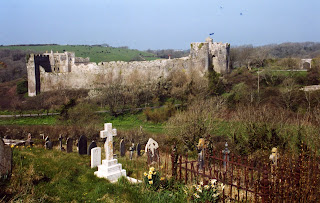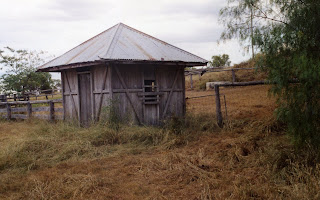Sounds good, Baby! When do we start?
I've always regarded myself as the romantic type. She soon put me right, for she had something quite different in mind.
There is a well-known (and much-travelled) route in Germany which is called “Die romantische Straße” - the romantic road. In bare essentials it takes one from Fussen near the Alps in Southern Germany to the old town of Würzburg on the Main river in the centre of the country. This is just one of the designated tourist routes of Germany. My road atlas of Germany lists over one hundred, which are designed to suite all tastes. There is a variety of wine routes - actually a GREAT variety. Maybe a beer and castle route is more to your taste. Alternatively, you could have a castle route without the beer, but who would want that one! The fairytale route takes you through the Pied Piper's town of Hameln as well as other Grimm Brothers' favourites. And a clock route (Cuckoo, that is) and a shoe route (Shoe? Yes!) and a Nieblung/Siegfried route for those interested in German legends and/or Wagner (Is this a ring-road? You may well ask). And so the routes continue, crisscrossing the country.

But to get back on track. The romantic road takes in those aspects which remind of times medieval and of legends old – fairytale castles, fortresses, walled medieval towns, churches with tall steeples and all this set in picturesque landscape. It is the very quintessence of ...well, romantic Germany. So why not drive it from woe to go, high to low, south to north, from Mad Ludwig's Fairytale Castle, Neuschwanstein, (this was Walt Disney's inspiration for his Cinderella Castle and has
become the most recognisable castle in the world) to the Residence of a former Bishop in Würzburg, which someone called “the best parsonage in Europe”. Thanks to the extravagance of these two our “romantic” trip through Germany will be anchored by two outstanding bookends.
It not really a long way – some 350 kilometres. The sign-posts are in both German and Japanese, so you can't get lost unless you are neither German nor Japanese. And not even then, for then you can follow the pictorial symbols on the sign posts. This suits me just fine for I still look at the illustrations when I first open a book and am somewhat disappointed if the book contains no pictures.



